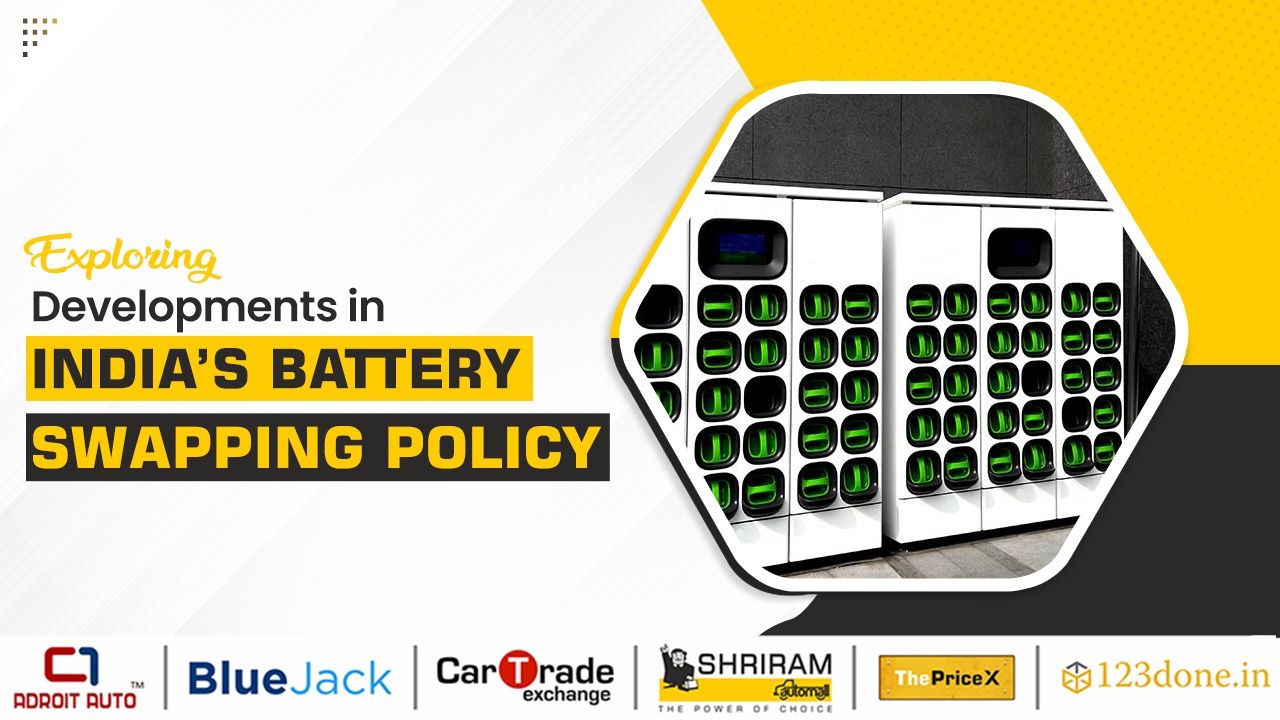Exploring the Ongoing Developments in India's Battery Swapping Policy

In recent parliamentary discussions, the Union Minister for Road Transport and Highways highlighted the government's continued contemplation of battery-swapping policy guidelines. Despite the unveiling of the India battery swapping policy draft by Finance Minister 18 months ago, the government, led by the Ministry of Heavy Industries, is engaged in extensive deliberations with various stakeholders to finalize the finer details of the battery swapping guidelines.
The parliamentary debate included questions about the challenges posed by OEM battery standardisation and interoperability for the implementation of the country's battery-swapping policy. In response, the Minister emphasised the crucial role of battery swapping in boosting the growth of electric vehicles in India. He acknowledged NITI Aayog's efforts in hosting interministerial discussions, mentioning a draft policy framework developed in February 2022 for two- and three-wheeler battery swapping.
According to the Minister's written response, NITI Aayog is actively engaging with stakeholders, such as battery swapping operators, battery manufacturers, vehicle OEMs, financial institutions, think tanks and experts, to gather diverse perspectives. The Minister emphasised the complexity of the electric vehicles' battery ecosystem, which involves evolving technologies. He stressed the need for prudent policies that promote electric vehicles while encouraging technological innovation. To achieve this, ongoing deliberations involve NITI Aayog, the Bureau of Indian Standards, the Department of Science and Technology and other relevant stakeholders.
Government sources revealed that officials in the Ministry of Heavy Industries are concentrating on developing technical specifications, safety standards, and logistics for implementing interoperable battery-swapping technology. The aim is to ensure compatibility across various electric vehicle models and charging stations.
However, industry representatives have expressed concerns about the standardisation clause, arguing that it may hinder innovation and overlook challenges related to the exchange of assets, such as batteries, among different service providers. Stakeholders emphasise the need for a collaborative approach, and discussions are underway to address challenges collectively.
The draft policy encompasses safety requirements, unique identification numbers for battery identification, battery monitoring and traceability systems, recycling and refurbishment procedures. By enabling owners to swiftly swap depleted batteries for fully charged ones, battery swapping aims to alleviate EV range anxiety.
Finance Minister initially introduced the battery-swapping plan during her Budget speech in February 2022, leading to the prompt issuance of a draft policy by NITI Aayog in April of the same year. Various Industry leader’s expressed eagerness to collaborate with the government in establishing uniform platforms for consumer benefit and standards adoption. Ongoing stakeholder consultations aim to align the industry and government in navigating the evolving landscape of India's battery-swapping policy.
Follow SAMIL Blog to stay updated about the world of Automotive Industry.

 Download Our App
Download Our App



